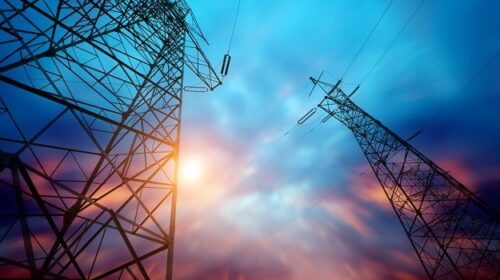Pakistan is energy insecure. Our national security and our energy security are linked – deeply linked. To be certain, energy security continues to be the most neglected dimension of our national security. For the record, the energy sector will make or break Pakistan’s economy. For the record, the energy sector’s management, particularly the sector’s exploding circular debt, will make or break Pakistan’s energy sector.
For Pakistan, energy security means three things: adequate supply of energy; reliable supply of energy and a reasonable price. The four As of energy security are: availability, affordability, accessibility and acceptability.
Pakistan’s current energy mix is 35 percent indigenous gas, 31 percent oil, 12 percent coal, 8.7 percent LNG, 7.7 percent hydroelectricity, 2.7 percent nuclear, 1.1 percent renewables and a small fraction from imported electricity. We import more than one-third of our energy needs and this dependence on imported fuels means energy insecurity. Lo and behold, in the next four years local gas production is projected to fall from 4 billion cubic feet per day to 2 billion cubic feet per day. Lo and behold, that would translate into even greater energy insecurity.
We import over $20 billion worth of petroleum products, petroleum crude, liquified natural gas and liquified petroleum gas. We import coal worth $2.5 billion a year. More than 85 percent of the oil consumed is imported and 54 percent of coal is imported. We end up spending more than 80 percent of our export earnings on importing fuel. Our fuel-related imports result in a multi-billion dollar current account deficit which we fill by borrowing from wherever we can-multilateral $60 billion; bilateral $36 billion; commercial $16 billion and bonds/sukuks $11 billion.
The consequence of fuel-related import dependence is a high degree of energy insecurity. We need to move towards ‘energy sufficiency’ and then to ‘energy security’. According to the United States Energy Information Administration (EIA), “Pakistan may have over 9 billion barrels of petroleum oil…” That is 50 years worth of consumption. According to the EIA, “Pakistan holds sizable shale gas reserves of 105 trillion cubic feet (Tcf).” That is 73 years worth of consumption.
If India has found 3.6 billion barrels of reserves just across the Pak-India border, why can’t we do the same? Here are the four things we need to do: First, an independent, professional upstream regulator. Second, a new Hydrocarbon Exploration Licensing Policy. Third, Open Acreage Licensing. Fourth, removing regulatory uncertainty caused by the 18th Amendment (these recommendations as per the EIA).
We need to do two things: Reduce the share of imported fuels and reduce the cost of energy (in order to enhance our energy security). Imagine; we currently lose more than “55 percent of the primary energy used for electricity during generation.” Imagine: generation losses in our thermal power plants range from 40 percent to 60 percent. The Asian Development Bank (ADB) has five recommendations: increase the share of alternative energy sources. Residential rooftop solar solutions. Indigenous coal mining. Invest in infrastructure to reduce energy losses and theft. Better building and insulation standards.
Our import-driven energy policy is not sustainable. Our import-driven energy policy is making us more and more energy insecure. We have a Rs3 trillion circular debt because we have an import-driven energy policy. We are going to have a $40 billion trade deficit because we have an import-driven energy policy. We are going to have a $15 billion current account deficit because we have an import-driven energy policy. Our rupee is falling because we have an import-driven energy policy. We must urgently capture the real nature of this threat to our national security – and then work on mitigation measures.





